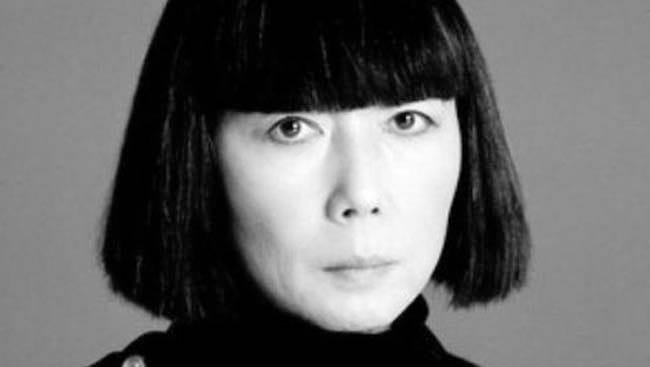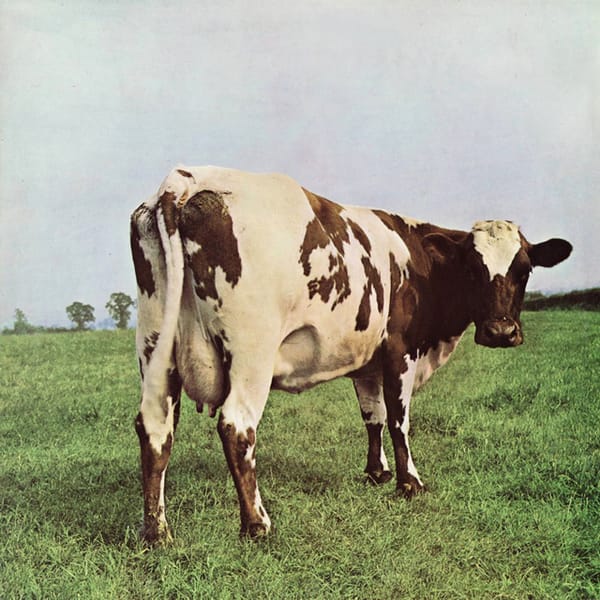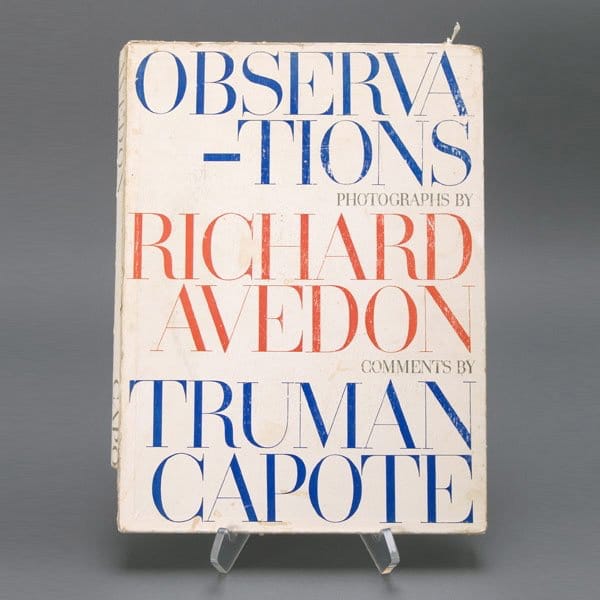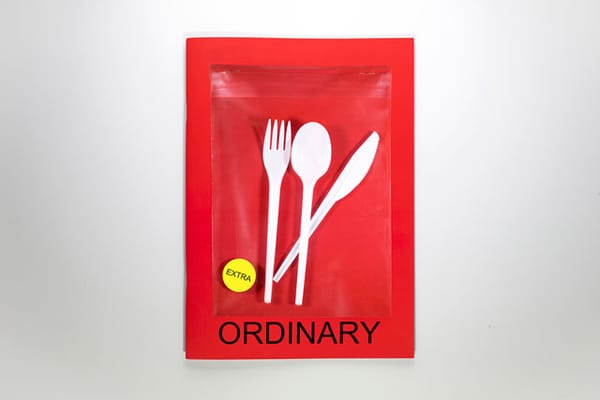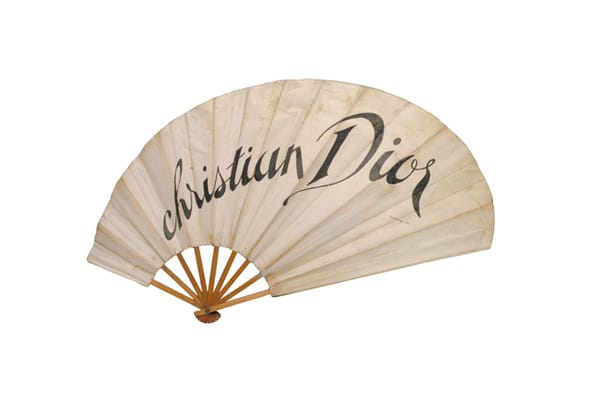Bibliothèque’s Michael White explains why the fiercely self-referential Rei Kawakubo is the practice’s perfect antihero.
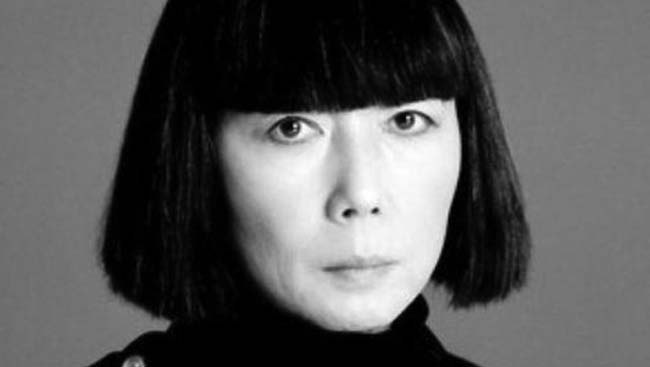
As a design studio, we have an abundance of books, magazines and objects that expose us to
people from all fields of creativity. Learning from their work and experiences naturally informs our creative process on a daily basis. Ironically, the hero we’ve chosen has an approach that is the complete antithesis of our own – She openly denies using any source of inspiration other than her own body of work.
“The rules are in my head.” –
Rei Kawakubo Rei Kawakubo’s introverted and defiant attitude is what has made Comme des Garçons the definitive “anti-fashion” brand. Since CdG was established in 1973, Kawakubo has waged war on conformity, challenging the perception of beauty in fashion. Runway outfits often appear frayed, unfinished, angular and unwearable. One of her most well known shows was Dress Meets Body, Body Meets Dress in 1996 and has often been referred to as the “Lumps and Bumps” or “Quasimodo” collection.
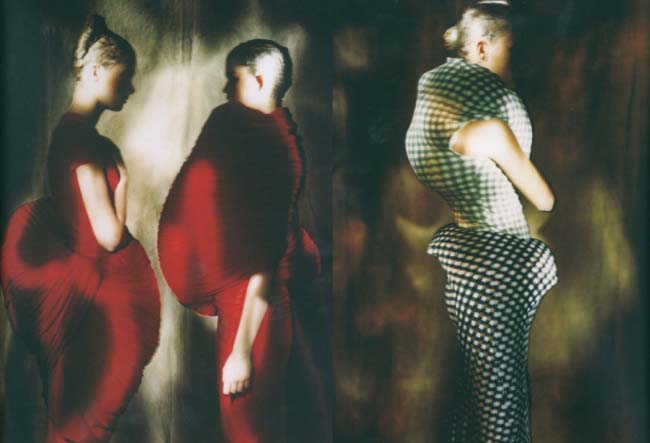
“I just decided to make a company built around creation, and with creation as my sword, I could fight the battles I wanted to fight” – Rei Kawakubo
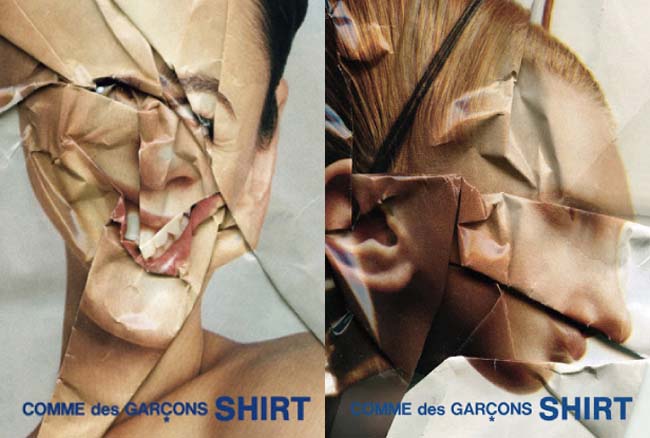
Kawakubo’s clothing isn’t specifically what draws us to her though – It’s her relentless energy and vision to create across any medium.
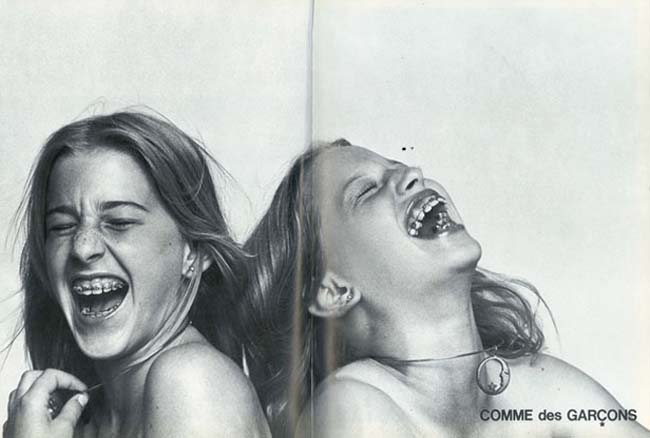
Her continual collaborations with architects, designers and artists have enabled her to produce groundbreaking advertisements, magazines and store interiors that often subvert their original purpose.
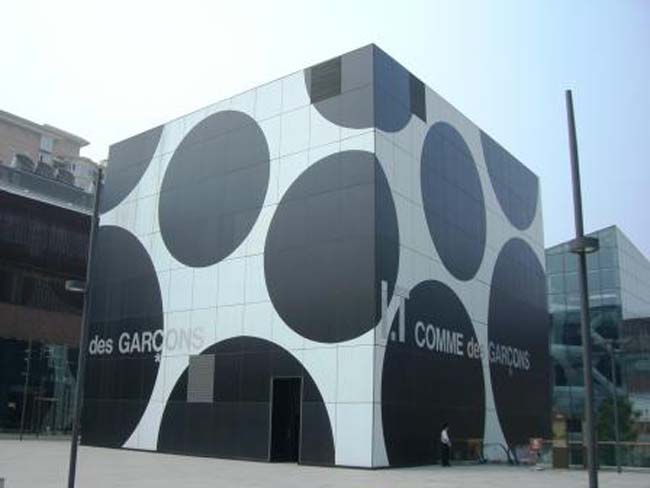
Aesthetically, the results are massively varied; yet all feel inextricably linked. Despite the diversity of CdG’s creations, and the interest this creates, Kawakubo resists explaining herself to the public. As curator and serial-interviewer Hans Ulrich Obristelucidates:
“The voice of the designer has never been so important in disseminating brand values. Cynically put, he (or she) who shouts the loudest, gets heard the most. Yet whilst Kawakubo’s refusal to explain herself has often frustrated her public, her silence has given her voice more power and resonance than any other fashion designer in the industry today.”
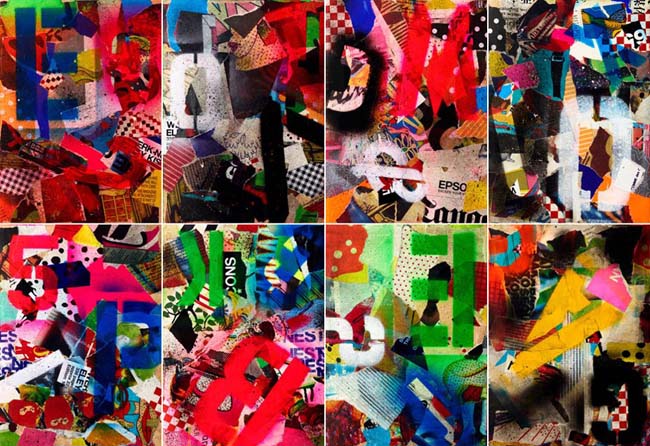
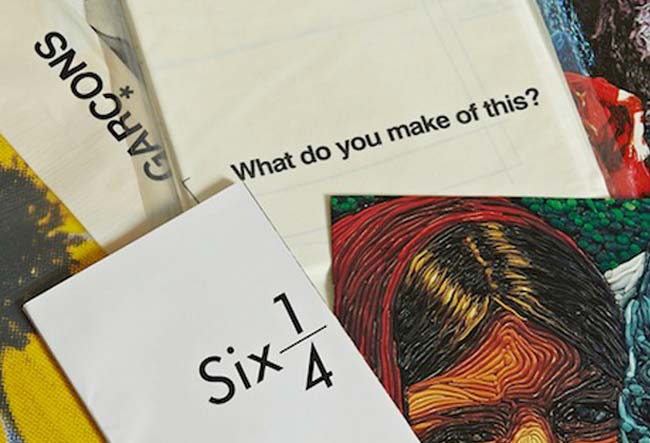
Obrists’ recent interview with Kawakubo and her husband, Adrian Joffe, in System Magazine (2013), gives an unusually detailed description of her approach to her work. A manifesto articulately outlines her approach to creation:
"Going around museums and galleries, seeing films, talking to people, seeing new shops, looking at silly magazines, taking an interest in the activities of people in the street, looking at art, travelling: all these things are not useful, all these things do not help me, do not give me any direct stimulation to help my search for something new. And neither does fashion history. The reason for that is that all these things above already exist.
I only can wait for the chance for something completely new to be born within myself.
The way I go about looking for this from within is to start with a provisional ‘theme.’ I make an abstract image in my head. I think paradoxically (oppositely) about patterns I have used before. I put parts of patterns where they don’t usually go. I break the idea of ‘clothes.’ I think about using for everything what one would normally use for one thing. Give myself limitations. I pursue a situation where I am not free. I think about a world of only the tiniest narrowest possibilities. I close myself. I think that everything about the way of making clothes hitherto is no good. This is the rule I always give myself: that nothing new can come from a situation that involves being free or that doesn’t involve suffering.”
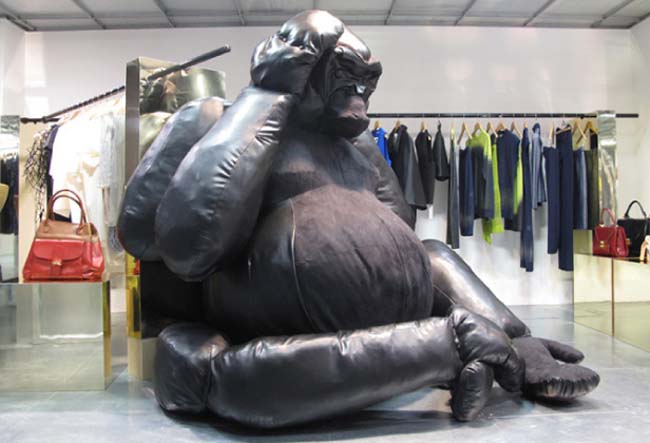
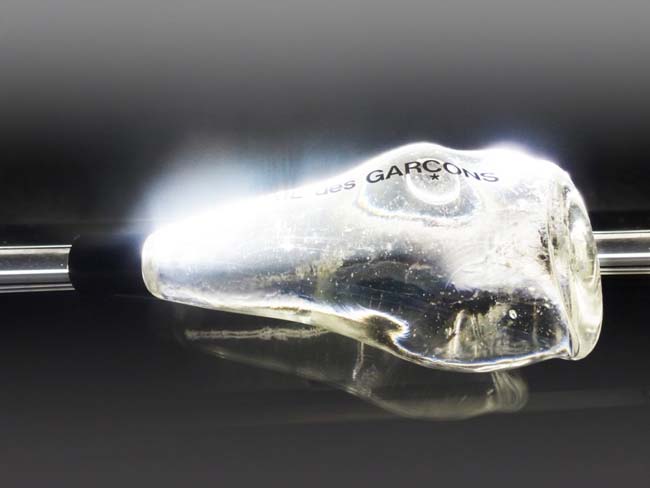
Ironically, citing Kawakubo and her introverted approach as an inspiration contradicts the very essence of her manifesto. But, her relentless energy to create, collaborate and subvert the norm in a completely unpredictable way still serves as a massive inspiration to us; hero worship, of someone who has no heroes. bibliothequedesign.com

